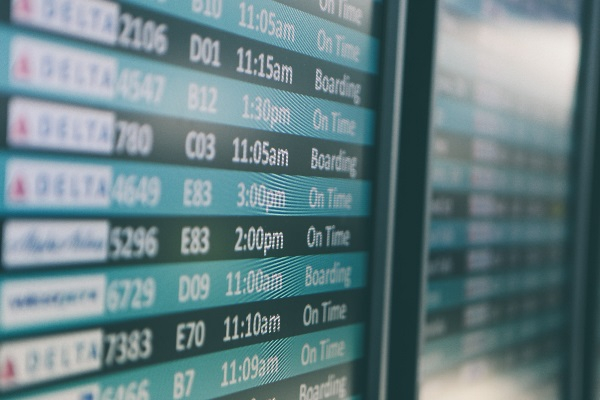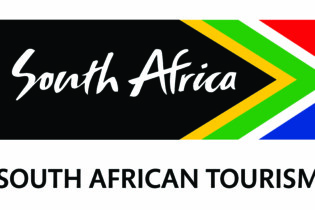The International Air Transport Association (IATA) has released its data for passenger air travel in June 2022. Based on Revenue Passenger Kilometres (RPKs) – which is the standard measure for air travel demand – total air traffic in June 2022 was at 70.8% of pre-crisis levels. This surge bears out the hunger for travel that the tourism industry predicted.
“Demand for air travel remains strong. After two years of lockdowns and border restrictions people are taking advantage of the freedom to travel wherever they can,” acknowledges Willie Walsh, IATA’s Director General.
Domestic flights show the healthiest rebound at 81.4% of the June 2019 level, while international airlift is at 65.0% of June 2019 levels. This trend was also anticipated, especially considering the increasing cost of air travel due to the increasing cost of fuel. Shorter trips are simply more affordable.
International traffic between Africa and neighbouring regions is close to pre-pandemic levels.
It’s less congested in Africa
Africa accounts for only 1.9% of the world’s air passenger market, which is likely why our airports have been largely unaffected by the baggage handling chaos and airport caps that have beleaguered much of Europe and the USA this summer. Yet the continent is also showing a strong recovery. IATA notes that international traffic between Africa and neighbouring regions is close to pre-pandemic levels. Compared to June 2021, there has been a 103.6% increase in RPKs. There has also been a a 61.9% increase in capacity.
South Africans, however, are not experiencing the choice they had pre-pandemic. Comair, which, before COVID-19, held a 40% market share on the routes it flew, has filed for bankruptcy. South African Airways, which cut its fleet by 80%, now serves a vastly reduced network and schedule , while its low-cost domestic carrier – Mango – went into voluntary business rescue last year and has not yet resumed operations. SAA’s sibling, SA Express has also ceased trading. This means there are fewer seats available to bring people into South Africa and move them within the country – a challenge for the MICE sector which is also recovering.
“Limited air lift is a constraint on growing incentive travel. Ideally we need regular direct flights from our key international source markets to make getting here as easy and comfortable as possible.”
SITE is the Society for Incentive Travel Excellence. Tes Proos, SITE Africa President, says, “South Africa still has great products and many hotels have reopened, often after using the lockdown hiatus for refurbishments. However, our limited air lift is a constraint on growing incentive travel. Ideally we need regular direct flights from our key international source markets to make getting here as easy and comfortable as possible.”

Some of the many challenges airlines are fielding
Airlines naturally want to increase their operations, but the road to recovery is not simple. Linden Birns, aviation analyst and managing director of Plane Talking, explains, “With 98% of all air traffic stopped, airlines had no revenue during the lockdowns. This meant they accumulated a lot of debt to stay on life support and keep going. Now this debt must be repaid.”
At the same time there are significant costs to restart their operations. If aircraft were sold during lockdown, they need to be replaced. However, the backlog of overdue deliveries that Boeing and Airbus are working through means any orders placed now will take years to fulfil. Like cars, planes also need servicing. This is a huge expense, with a major overhaul costing in the region of $100 million (or R1.6 billion).
Meanwhile, the war in Ukraine has pushed up the price of fuel, which means there is more pressure to fill seats to cover the cost of each flight. “This is made worse in South Africa where no refineries are operating and all jet fuel has to be imported,” adds Linden. “Transporting, handling, and storage costs mean that in August this year, the price of jet fuel increased by 200% compared to 2021.”
“In August this year, the price of jet fuel increased by 200% compared to 2021.”
Re-staffing of airlines and all ancillary air services have also created various delays and challenges. This is what ultimately led to some airports capping passenger numbers, such as Heathrow’s 100 000 passengers a day limit for the European summer. These restrictions are also hampering airlines’ ability to respond to the current travel demand.
Despite these many challenges, the robust demand for travel is supporting commercial aviation’s recovery, even if this recovery is bumpy.
Strategic air access growth is happening in SA
And that isn’t the only support on hand. A positive South African development is the establishment of public private partnerships working to strategically improve air access. Cape Town Air Access was the first of its kind and has been lauded for securing more direct international flights to Cape Town and the economic stimulus this offers. For example, United Airlines now offers three direct flights a week between its New York hub (New York/Newark) and Cape Town. This route is expected to generate R523-million worth of direct tourism spend within its first year of operation, from June 2022 to May 2023.
This route is expected to generate R523-million worth of direct tourism spend within its first year of operation, from June 2022 to May 2023.
Gauteng, Durban and Port Elizabeth have all followed suit with their own air access programmes based on this model. Their success will greatly enhance South Africa’s accessibility for travellers.
Destination SA’s value-for-money lure
In closing, Tes highlights that the economic pressure the whole world is grappling with could be an opportunity for destination South Africa, as international guests find it friendly on their pockets. This while our amenities are first class. Tes says, “Incentive trips tend to have huge economic impact for any destination. The advantageous exchange rate can mean that unique experiences and luxury accommodation are within very easy reach for buyers. All of which we have in abundance.”
Would you like to read more news and opinions about the incentive travel market? The sign-up to read the next edition of The Incentive Planner coming out in September 2022 by clicking here.







